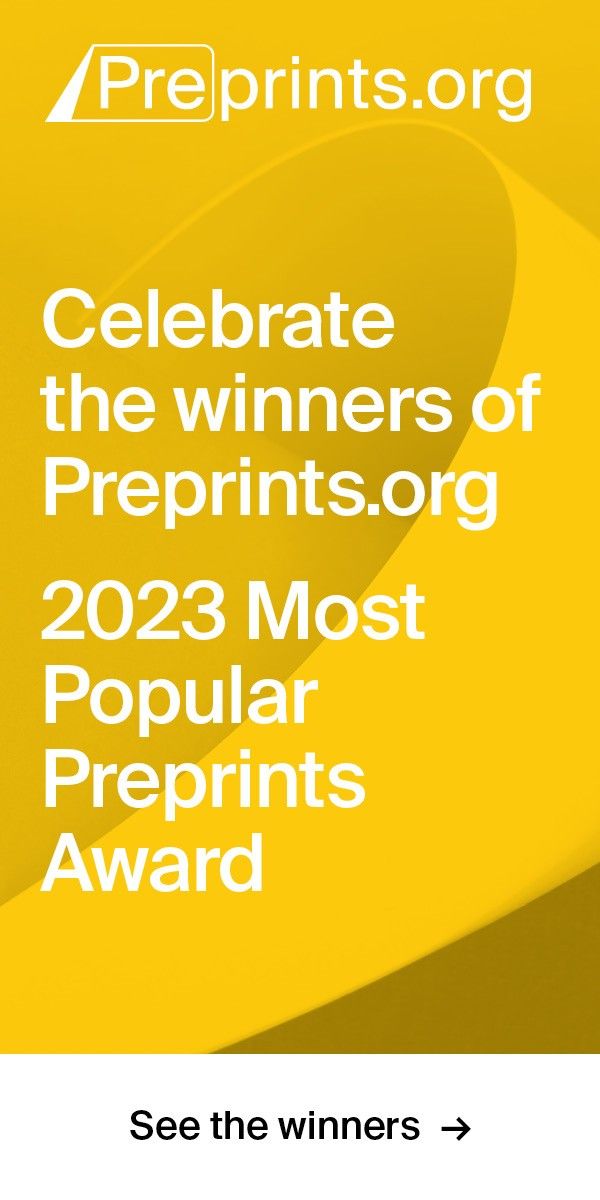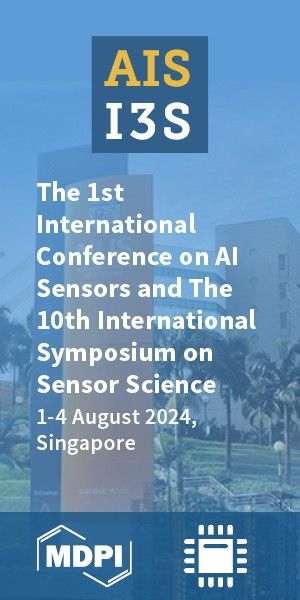Review
Version 2
Preserved in Portico This version is not peer-reviewed
"Dividing and Conquering" and "Caching" in Molecular Modeling
Version 1
: Received: 2 December 2020 / Approved: 3 December 2020 / Online: 3 December 2020 (10:41:48 CET)
Version 2 : Received: 29 December 2020 / Approved: 5 January 2021 / Online: 5 January 2021 (11:13:28 CET)
Version 3 : Received: 4 March 2021 / Approved: 4 March 2021 / Online: 4 March 2021 (09:54:42 CET)
Version 2 : Received: 29 December 2020 / Approved: 5 January 2021 / Online: 5 January 2021 (11:13:28 CET)
Version 3 : Received: 4 March 2021 / Approved: 4 March 2021 / Online: 4 March 2021 (09:54:42 CET)
A peer-reviewed article of this Preprint also exists.
Cao, X.; Tian, P. “Dividing and Conquering” and “Caching” in Molecular Modeling. Int. J. Mol. Sci. 2021, 22, 5053. Cao, X.; Tian, P. “Dividing and Conquering” and “Caching” in Molecular Modeling. Int. J. Mol. Sci. 2021, 22, 5053.
Abstract
Molecular modeling is widely utilized in subjects including but not limited to physics, chemistry, biology, materials science and engineering. Impressive progress has been made in development of theories, algorithms and software packages. To divide and conquer, and to cache intermediate results have been long standing principles in development of algorithms. Not surprisingly, Most of important methodological advancements in more than half century of molecule modeling are various implementations of these two fundamental principles. In the mainstream classical computational molecular science based on force fields parameterization by coarse graining, tremendous efforts have been invested on two lines of algorithm development. The first is coarse graining, which is to represent multiple basic particles in higher resolution modeling as a single larger and softer particle in lower resolution counterpart, with resulting force fields of partial transferability at the expense of some information loss. The second is enhanced sampling, which realizes "dividing and conquering" and/or "caching" in configurational space with focus either on reaction coordinates and collective variables as in metadynamics and related algorithms, or on the transition matrix and state discretization as in Markov state models. For this line of algorithms, spatial resolution is maintained but no transferability is available. Deep learning has been utilized to realize more efficient and accurate ways of "dividing and conquering" and "caching" along these two lines of algorithmic research. We proposed and demonstrated the local free energy landscape approach, a new framework for classical computational molecular science and a third class of algorithm that facilitates molecular modeling through partially transferable in resolution "caching" of distributions for local clusters of molecular degrees of freedom. Differences, connections and potential interactions among these three algorithmic directions are discussed, with the hope to stimulate development of more elegant, efficient and reliable formulations and algorithms for "dividing and conquering" and "caching" in complex molecular systems.
Keywords
dividing and conquering; caching; coarse graining; enhanced sampling; generalized solvation free energy; molecular simulation; local free energy landscape
Subject
Chemistry and Materials Science, Physical Chemistry
Copyright: This is an open access article distributed under the Creative Commons Attribution License which permits unrestricted use, distribution, and reproduction in any medium, provided the original work is properly cited.
Comments (1)
We encourage comments and feedback from a broad range of readers. See criteria for comments and our Diversity statement.
Leave a public commentSend a private comment to the author(s)
* All users must log in before leaving a comment








Commenter: PU TIAN
Commenter's Conflict of Interests: Author